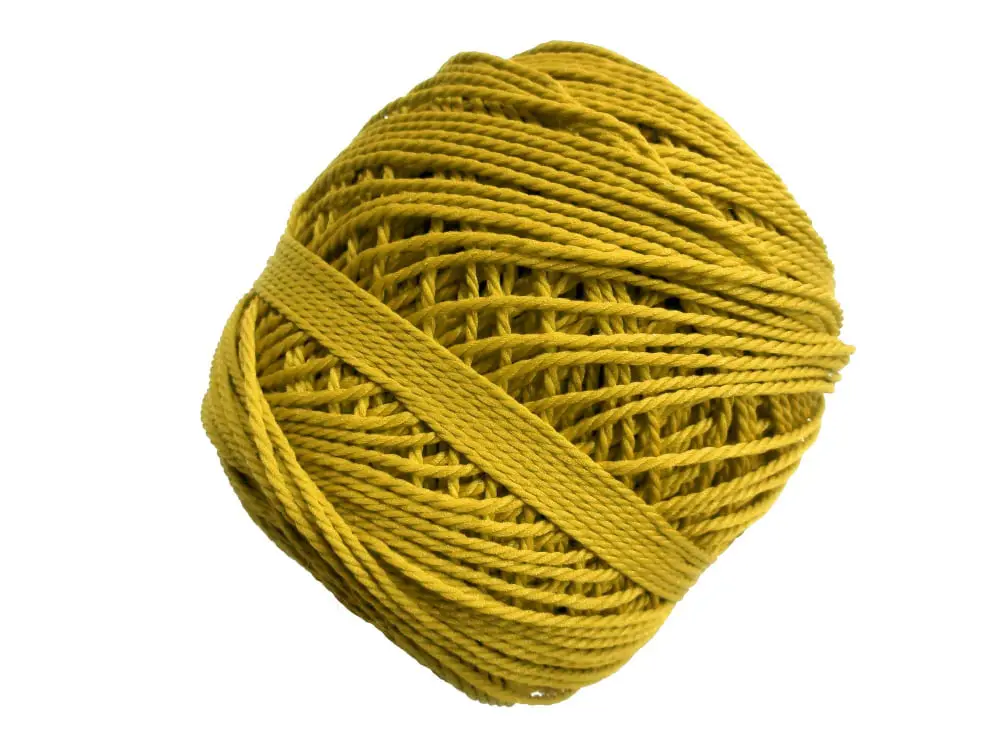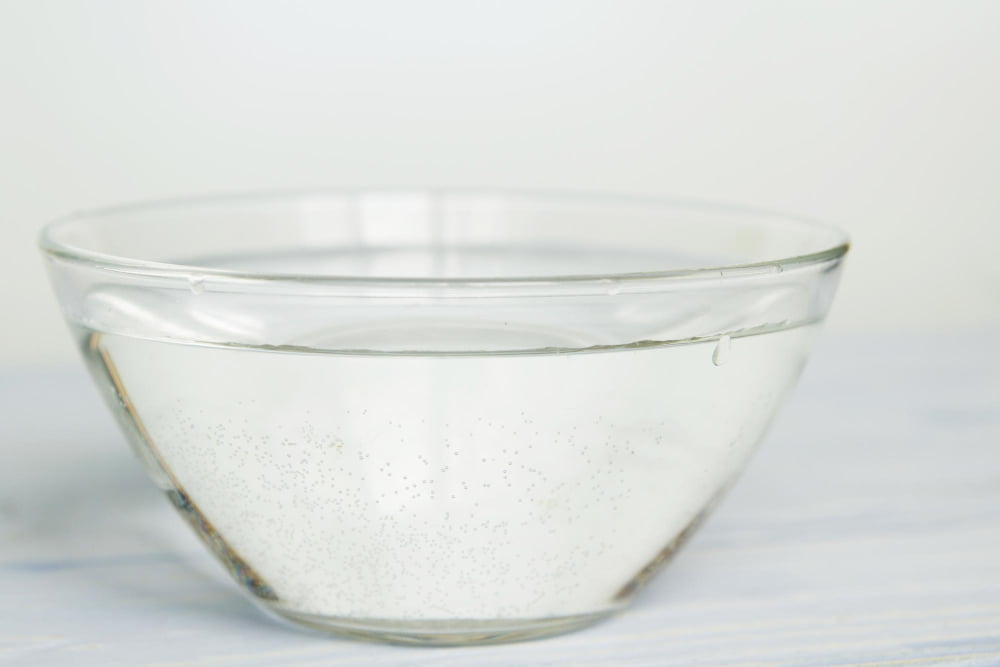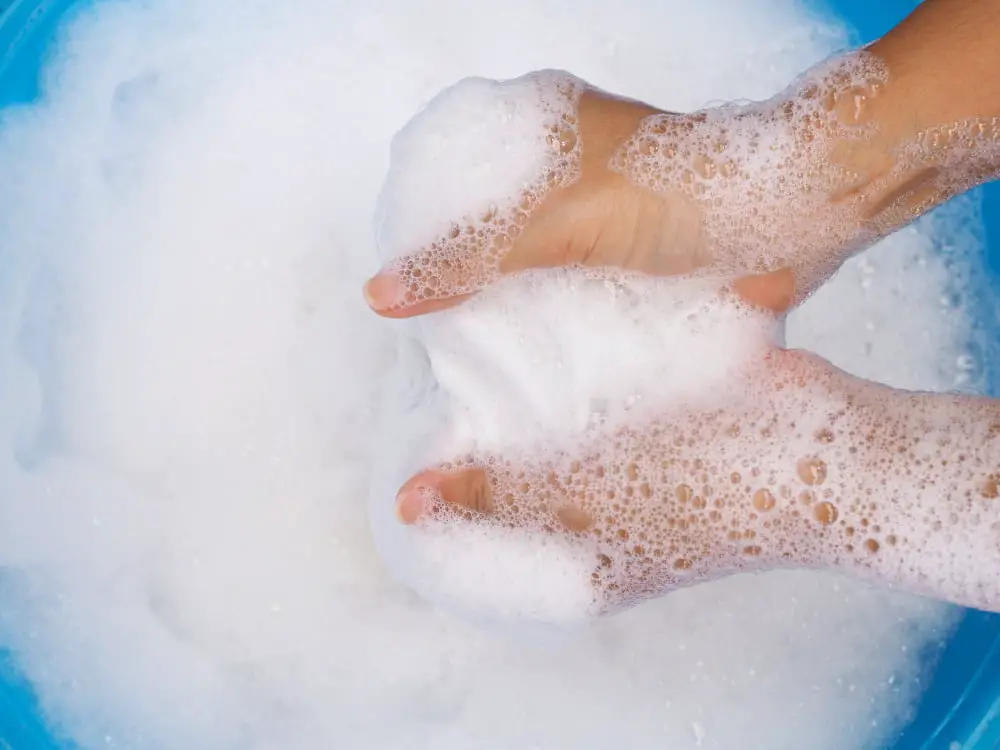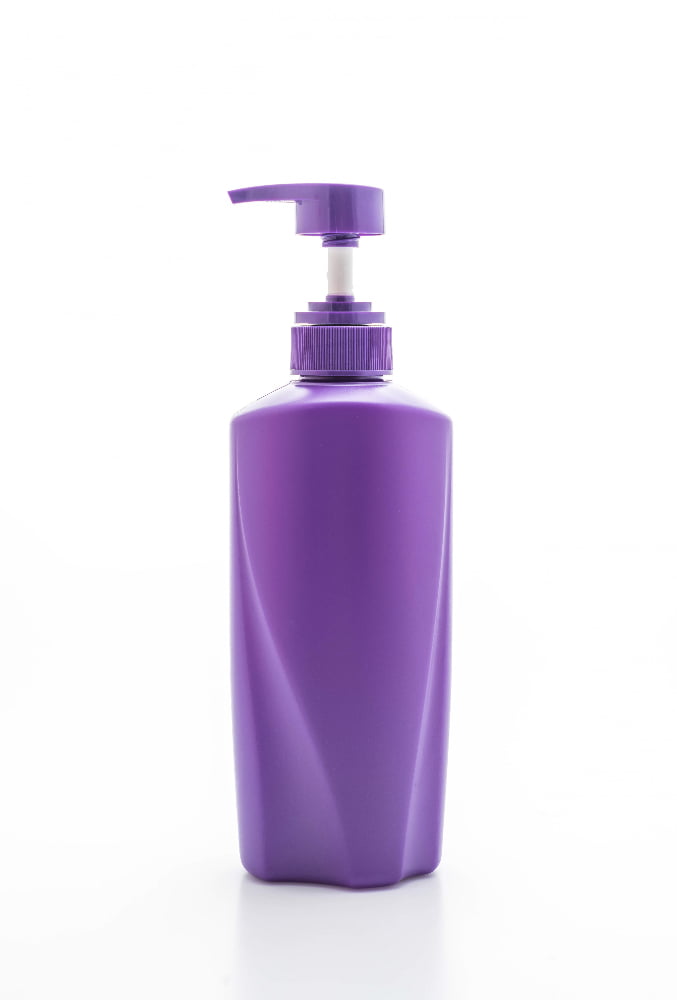Learn how to make yarn softer because it can enhance the comfort and appeal of your crochet and knitting projects.
Navigating the world of yarn crafts can sometimes be tricky, especially when dealing with stiff or scratchy yarn. But fret not, there’s a simple solution to transform your yarn from rough to soft, enhancing the comfort of your finished projects.
This article will guide you through the steps on how to make yarn softer, ensuring that you get the most out of your crafting experience. Whether you’re working with wool, cotton, or synthetic yarns, these tips will make a noticeable difference.
So, let’s unravel this mystery together and add another useful technique to your yarn crafting arsenal.
Key takeaways:
- Understand the texture of different yarns
- Soft yarn enhances comfort, wearability, and workability
- Methods to soften yarn: fabric softener, vinegar, and hair conditioner
- Care tips for maintaining softness
- Choose the best softening technique based on yarn type
Understanding the Texture of Yarn

Textures in yarn can vary as per the fiber content, twist, ply, and the manufacturing process used, greatly influencing its softness. Yarns derived from natural fibers like wool, cotton, or silk tend to be softer, however, their texture can change with dyeing, twisting, and spinning techniques.
Meanwhile, synthetic yarns such as acrylic and polyester have different textures due to the chemical processes involved. The yarn’s texture affects not only the look of a finished crochet or knit work but also its feel in the hand or against the skin.
Higher ply yarns, with more threads wound together, usually offer a smoother texture than single ply yarns. Ultimately, understanding these aspects can help choose the right yarn for the desired project, or refine it for improved workability.
Reasons to Soften Yarn for Better Texture and Workability

Softness in yarn can drastically transform the end product, enhancing its comfort and wearability. Yarn that is harsh or rough may cause discomfort, such as itching or abrasion, particularly when used in clothing items like scarves, hats, or sweaters.
Additionally, working with rough yarn can be tough on the hands, which hampers the crocheting or knitting experience.
Moreover, soft yarn has a superior drape, meaning it flows and hangs more naturally and attractively in finished items. It also tends to catch less on crochet hooks or knitting needles, making it more manageable and less time-consuming to work with.
Lastly, softer yarn absorbs dye more effectively, resulting in more vibrant and lasting colors. So, investing time in softening your yarn can pay off in the overall quality and appeal of your finished projects.
Different Types of Yarn: Acrylic and Its Properties

Acrylic is a synthetic material, making it a cost-efficient choice for many. It holds color exceptionally well, resistant to both fading and shrinking. However, this type of yarn often feels coarser, which can be a drawback for those crafting items designed for comfort.
And, while it’s quite durable and easy to care for due to its synthetic nature, it doesn’t breathe as well as natural fibers. For crocheting or knitting projects that require softness like amigurumi toys, cozy blankets, or snug clothes, various techniques can be utilized to soften acrylic yarn, enhancing its texture and appeal.
These methods range from using a good old fabric softener, vinegar, to a regular hair conditioner.
How to Soften Yarn: An Overview of Methods

To begin transforming rigid yarn into a softer, pliable material, several tried-and-tested techniques can be utilized.
First, soaking yarn in fabric softener involves diluting the product in cold water and submerging the material for a set period of time. After the soak, it should be rinsed, gently squeezed to remove excess water and allowed to air dry.
Alternatively, yarn can be dunked in a vinegar and water solution. Besides adding softness, this method also helps in stabilizing the colors, preventing them from bleeding in future washes.
Lastly, a popular tactic is lathering yarn with hair conditioner, reinforced with a warm water rinse post-treatment. Similar to fabric softener, this further ensures adding suppleness to coarse yarn.
It’s essential to note, however, that different types of yarn react distinctively to these procedures, making it crucial to understand their properties and behaviors. After all, the ultimate goal is to enjoy the process while bringing out the best in your chosen material.
Using Fabric Softener to Soften Yarn

Firstly, dilute a capful of fabric softener in a basin filled with cold water. Regular softener is sufficient; there’s no need to opt for special varieties. Submerge the yarn entirely in the solution, letting it soak for about 30 to 45 minutes. This soaking period lets the yarn absorb the softener, leading to a softer texture.
Once the soaking period is over, carefully remove the yarn, being sure not to wring or twist it. These actions could distort its shape or cause unwanted issues such as felting. Instead, gently press the yarn to remove excess water.
Finally, the yarn needs to dry naturally. Lay it out on a clean, dry towel, rolling the towel up to help absorb more moisture. Afterward, leave the yarn to air-dry, avoiding direct sunlight that might cause colour fading.
Using a fabric softener is a simple and efficient method to soften your yarn. However, bear in mind that while it works wonderfully for many yarns, some delicate or unique blends might not respond well to this treatment. Always test a small portion before proceeding.
Technique: Softening Yarn With Vinegar

To start off with this method, fill a basin with lukewarm water and add a cup of white vinegar. Submerge your yarn in this solution, ensuring it is fully drenched. Let the yarn sit for approximately one hour.
This exposure to vinegar helps loosen the fiber’s stiffness. After soaking, rinse it under cool water, and gently squeeze out excess moisture. Avoid wringing it as it might cause damage.
Lay the yarn flat on a clean towel, roll it up and gently press to absorb additional moisture. Unroll the towel and allow the yarn to air dry completely.
This vinegar rinse technique not only softens your yarn but also helps set the color, preventing it from fading or bleeding in future washing.
Method of Using Hair Conditioner to Soothe Yarn

With household items like hair conditioner, softening yarn becomes a manageable process. Here’s how to go about it:
1. Prepare a warm water bath: Ensure the water is warm, not hot, to prevent damage to the yarn’s fibers.
2. Saturate the yarn: Immerse the yarn in the water bath, ensuring it’s thoroughly wet. This aids the penetration of the conditioner.
3. Apply conditioner: Remove the yarn from water, gently extract the excess water without wringing it, and apply a generous amount of hair conditioner evenly.
4. Rinse and dry: After a 30-minute wait, rinse the conditioner from the yarn using lukewarm water. Pat it dry with a clean towel without wringing to avoid distortion.
The hair conditioner method is effective due to the inherent properties of conditioners. Conditioners contain cationic surfactants, behentrimonium chloride, and fatty alcohol, which lubricate, smooth, and soften fabric fibers, making them ideal for yarn. Additionally, they can repair potential damage caused by rigorous knitting processes. As a result, the yarn becomes silkier and more comfortable to work with. However, always test with a small portion of your yarn first to see how it reacts to the conditioner.
Care Tips for Maintaining Softness of Yarn

Keeping your yarn plush and soft over time takes just a bit of effort:
1. Wash gently: Avoid using harsh detergents or vigorous washing methods. Opt for cold water and a gentle wash cycle if using a machine. Consider hand washing delicate yarn items.
2. Dry wisely: Steer clear from high-heat drying. Instead, lay the yarn or knitted item flat on a clean towel and allow it to air dry naturally.
3. Store correctly: Store yarn in a cool and dry place, ideally wrapped in a loose cotton bag to allow air circulation.
4. Avoid rough use: Excessive friction + from continuous use can rob yarn of its softness. It’s crucial to treat yarn items with care, mending any damage promptly.
5. Use of mild fabric softeners: For yarns that can handle it, occasional use of a mild fabric softener can help in maintaining the softness.
Remember, each type of yarn may have its own care requirements, so always check the manufacturer’s care instructions specific to the yarn type.
Comparing Yarn Softening Techniques: Finding the Best Method

Each softening technique results in a slightly different outcome based on factors such as the type of yarn and method chosen. Fabric softener is terrific for leaving yarn touchably soft without too much fuss and is a steadfast choice for most yarn varieties.
On the contrary, vinegar, though more pungent in smell, achieves similar softening results. It’s a cost-effective and natural method, especially for those who prefer eco-friendly alternatives.
Hair conditioner dives a bit deeper when it comes to increasing yarn’s pliancy. It accords flexibility, making the texture more pliable and delightful to work with, making it a favorite among many knitting and crocheting enthusiasts.
Remember, no matter which method you select, it’s always beneficial to test a small amount of yarn first to ensure the desired softness before treating larger quantities. Understanding these fundamental differences can help you select the best yarn-softening technique to match your specific crafting needs and preferences.
FAQ
How do you soften stiff yarn?
To soften stiff yarn, submerge the finished project in a basin of warm water with a few pumps of hair conditioner, stirring in the conditioner and letting it sit for some time.
Can you wash yarn to make it softer?
Yes, yarn can be made softer by washing it in cold water and fabric softener after removing the labels and fluffing up the skein.
How do you soften rough cotton yarn?
To soften rough cotton yarn, soak the completed project in warm water with cheap hair conditioner for about an hour, rinse it in cool water, and lay it flat to dry.
Is there a way to make wool yarn softer?
Yes, wool yarn can be softened by washing it gently with a shampoo and a small dose of conditioner, while avoiding harsh detergents and excessively hot water to prevent color loss and accidental felting.
What are the best natural methods for softening yarn?
Soaking yarn in a solution mix of one part white vinegar and two parts water, then rinsing in cold water, is an effective natural method to soften yarn.
Can you use fabric conditioner to soften yarn?
Yes, fabric conditioner can be used to soften yarn by soaking the yarn in a mixture of water and conditioner before rinsing and drying it.
Are there specific yarn brands that are known for their softness?
Several yarn brands like Red Heart, Lion Brand, and Bernat are well-known for their range of soft yarns for knitting and crocheting projects.





